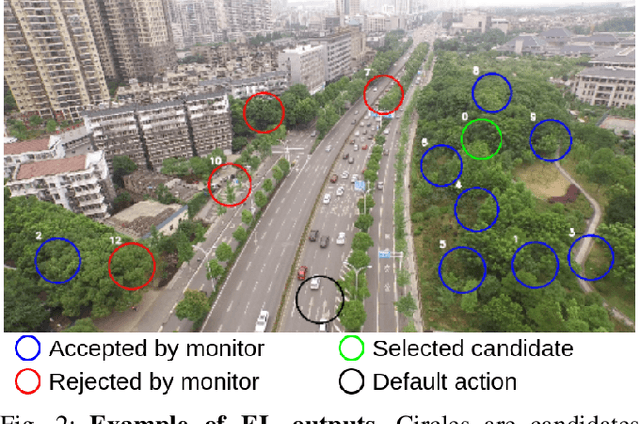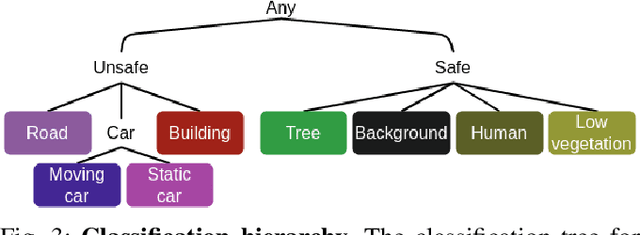Evaluation of Runtime Monitoring for UAV Emergency Landing
Paper and Code
Feb 07, 2022



To certify UAV operations in populated areas, risk mitigation strategies -- such as Emergency Landing (EL) -- must be in place to account for potential failures. EL aims at reducing ground risk by finding safe landing areas using on-board sensors. The first contribution of this paper is to present a new EL approach, in line with safety requirements introduced in recent research. In particular, the proposed EL pipeline includes mechanisms to monitor learning based components during execution. This way, another contribution is to study the behavior of Machine Learning Runtime Monitoring (MLRM) approaches within the context of a real-world critical system. A new evaluation methodology is introduced, and applied to assess the practical safety benefits of three MLRM mechanisms. The proposed approach is compared to a default mitigation strategy (open a parachute when a failure is detected), and appears to be much safer.
 Add to Chrome
Add to Chrome Add to Firefox
Add to Firefox Add to Edge
Add to Edge